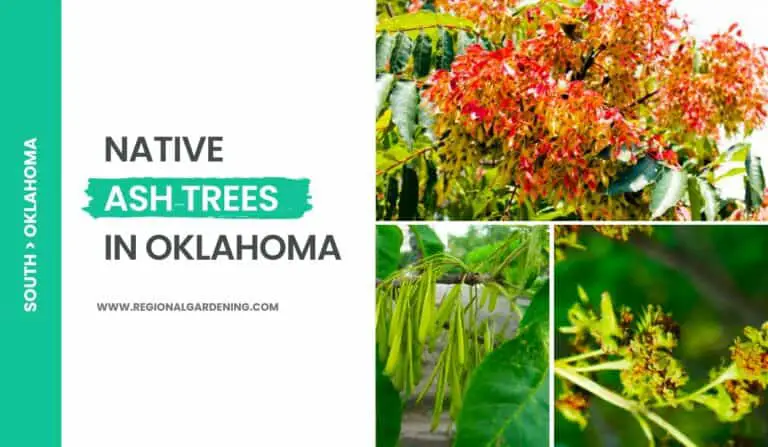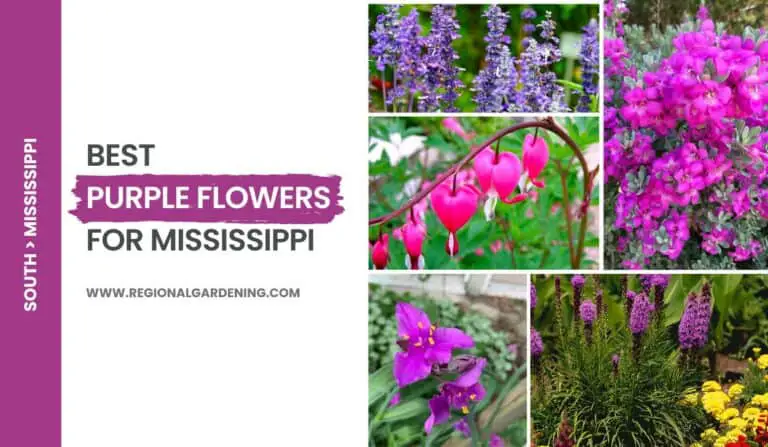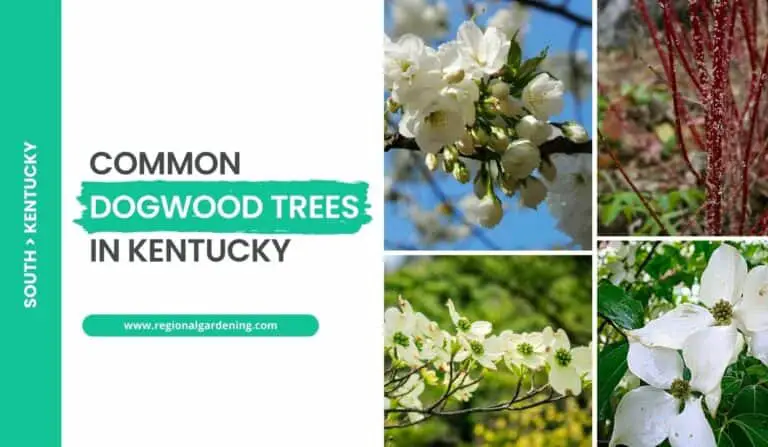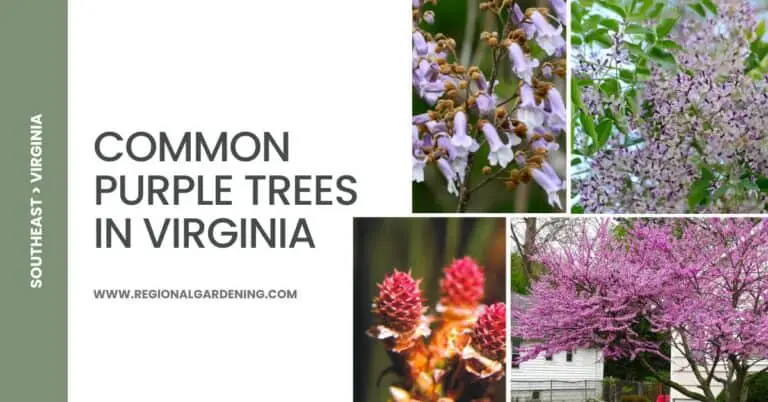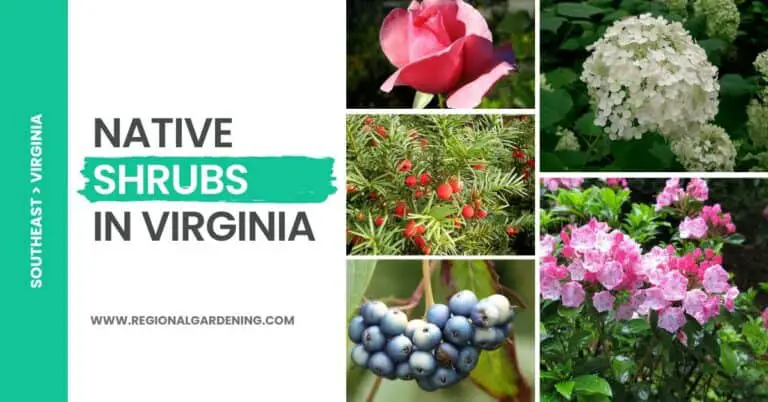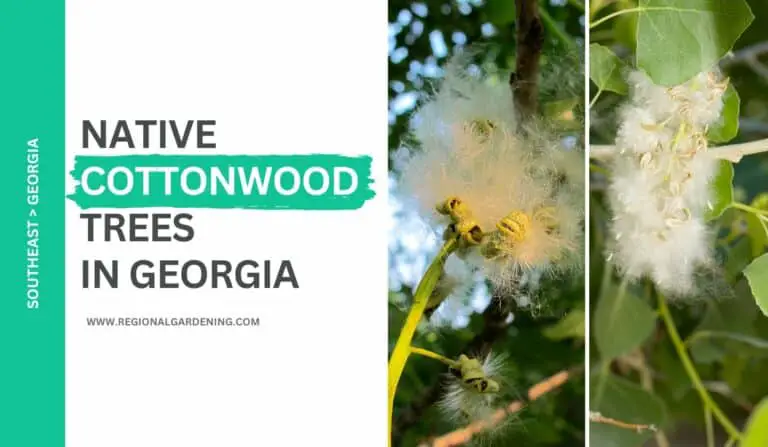3 Native Plum Trees In Georgia (Easy Grow Varieties)
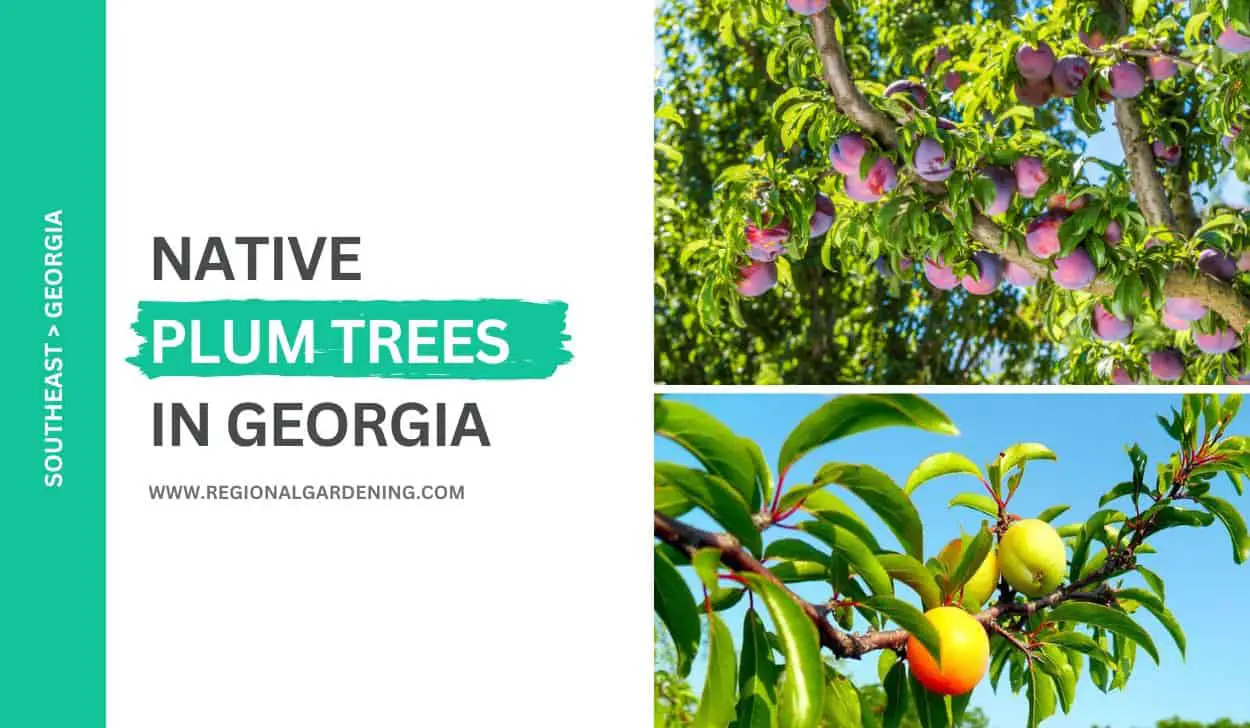
Looking to plant some native plum trees in Georgia? There is no need to look any further!
Growing your own plum trees provides you with fresh, healthy fruit while also adding natural beauty to your landscape.
As you may know, Georgia is home to a variety of plum trees, but we’ve narrowed it down to the top three native species that will thrive in your garden: Chickasaw, American, and Fkatwoods. And, to make things easier for you, detailed descriptions are provided for all three trees.
So, let’s get started.
1. American Plum
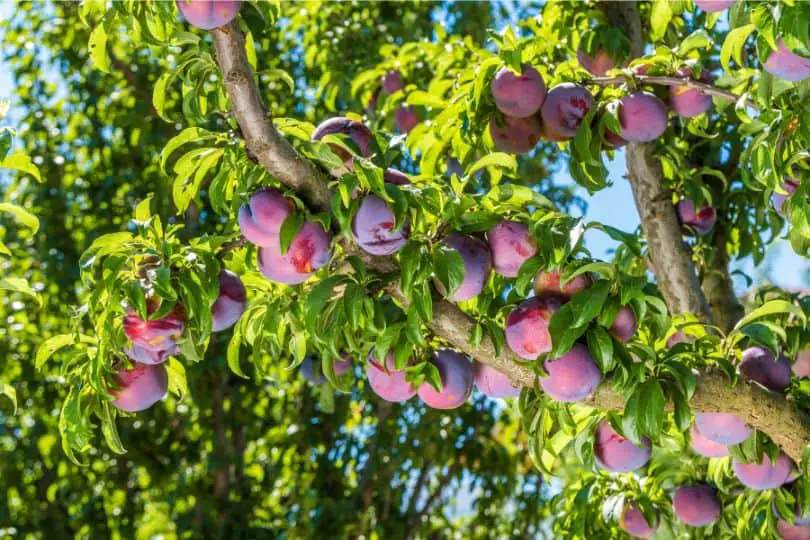
- Scientific Name: Prunus americana
- Common Name: American Plum
- Mature Height: Up to 20ft
- Flowers: White flowers
- Fruit: Reddish purple
- Uses: Edible fruit, medicinal values, ornamental.
Prunus americana, also known as the American plum, is a deciduous tree or shrub in the Rosaceae family.
It is one of the most commonly found plum trees in Georgia. In general, it can be found in the eastern and central portions of the country, from Florida to Maine, and as far west as Texas and South Dakota. It can also be found in Canada, most notably in Ontario and Manitoba.
The American plum can reach a height of 20 feet and a spread of 15 feet. It has brown bark with a slightly scaly feel.
The oval-shaped leaves have a serrated edge and a pointed tip and can grow 2-4 inches long. On top, they’re dark green and shiny, with a lighter green tone underneath.
The blossoms of the American plum come before the leaves in early April. They have five petals and numerous stamens and are white and fragrant. The fruit is a tiny, round drupe about 1 inch in diameter with a smooth reddish-purple surface and tasty, juicy yellow pulp.
The American plum grows in open fields, meadows, roadsides, and woodland borders. It prefers moist, well-drained soils that are slightly acidic with a pH of 5.5-7.0. It may grow in various soil types, including clay, loam, and sand.
The American plum tree has numerous use and advantages. It offers food for humans and wildlife, functions as a decorative plant, and has medicinal benefits. Because of its deep root system, it is culturally significant for many indigenous peoples and aids in soil conservation.
It is a popular choice for gardens and landscapes due to its stunning white blossoms in spring and colorful fruit in October.
2. Chickasaw Plum
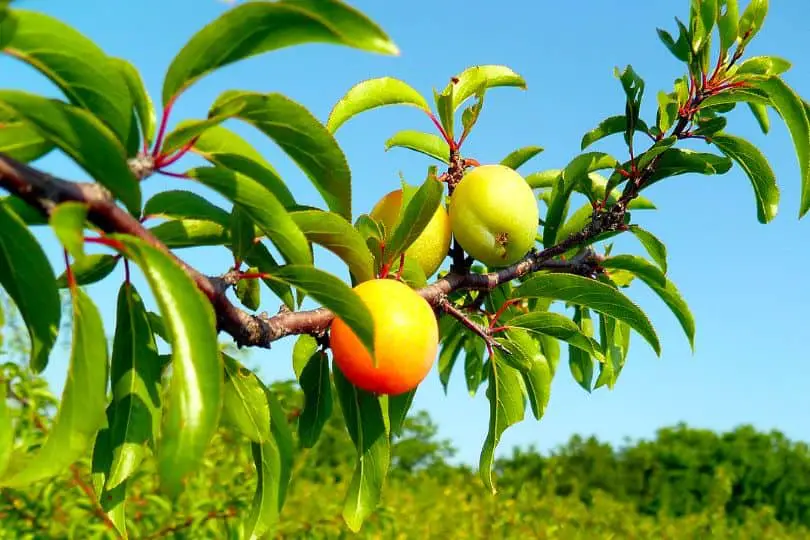
- Scientific Name: Prunus angustifolia
- Common Name: Chickasaw Plum
- Mature Height: 3-10ft
- Flowers: Small white or pink flowers
- Fruit: Yellow to red fruit
- Uses: Edible fruit, ornamental flowers
The Chickasaw plum, one of the shortest plum trees in Georgia, is more of a shrub than a tree. It can grow up to 3 to 10 feet tall and has a spherical or irregular appearance.
The leaves of the tree are simple, alternating, and elongated in shape, with a pointy tip and coarsely serrated edges. The bark is brown to grayish-brown in color and becomes rough and scaly with age.
The Chickasaw plum produces stunning white or pinkish blossoms about an inch across in early spring, before the leaves. Bees and other pollinators are drawn to these aromatic blossoms.
By summer, the blossoms have given way to small, edible plums that range in color from yellow to reddish-purple and are approximately an inch in diameter. The fruit has a sweet and tangy flavor, a juicy texture, and a single seed inside.
The Chickasaw plum is native to the southeastern United States, and it can be found in the wild from Texas to North Carolina.
It is a resilient tree that can grow in a variety of soil types but favors well-drained sandy or loamy soils. It’s most common in open woods, along roadsides, and in disturbed regions.
Many wildlife species, including birds, squirrels, and deer, rely on the Chickasaw plum for food. It is also a popular decorative tree, with gorgeous blossoms and edible fruit that is frequently used in landscaping. The tree is quite simple to grow from seed or by transplanting, and once established, it requires little upkeep.
3. Flatwoods Plum
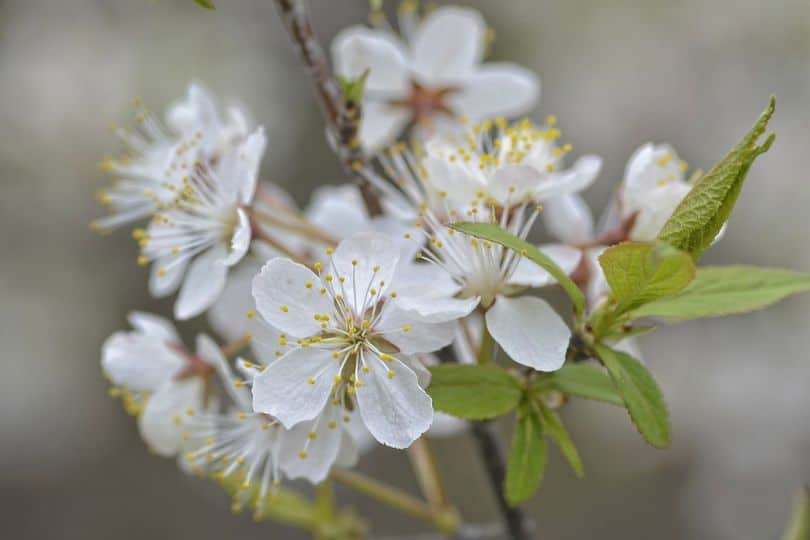
- Scientific Name: Prunus umbellata
- Common Name: Flatwoods plum
- Mature Height: 20-30ft
- Flowers: White or pink flowers
- Fruit: Red to purple fruit
- Uses: Fruit is used to make jelly
The Flatwoods Plum is a tiny deciduous tree that is very common in Georgia and other southwestern states. It can reach a height of 20 to 30 feet and has a spherical or irregularly shaped crown.
Flatwoods Plum leaves are simple, alternating, and oval in shape, with sharply serrated edges. They have a dark green outer surface and a lighter underside. The bark of the tree is rough and gray-brown, with tiny fissures and ridges.
Before the leaves grow, the Flatwoods Plum produces little white or pink blooms in early April. The blooms have five petals and are grouped in umbels or clusters.
The tree’s fruit is a tiny, spherical drupe that ranges in color from red to purple and measures about half an inch in diameter. The fruit is edible and is frequently used in the preparation of jelly or jam.
The Flatwoods Plum can be found in a number of environments, although it is most usually found in pine forests, savannas, and open woods with dry, sandy soils.
It is frequently found in disturbed places, such as old fields or clearings. The tree is native to the southern US, spanning the coastal plain from Virginia to Florida and west to Texas.
The Flatwoods Plum grows in sandy or loamy soils and likes acidic, well-drained soils. It is adaptable to fire-prone environments and can regenerate from the root system following a fire. Wildlife such as birds, squirrels, and other small mammals rely on the tree for sustenance.
Similar Articles
- Native Oak Trees in Georgia
- Native Dogwood Trees In Georgia
- Native Pine Trees In Georgia
- Native Hickory Trees In Georgia
- Native Maple Trees In Georgia
- Native Tupelo Trees In Georgia
- Native Magnolia Trees In Georgia
- Native Willow Trees In Georgia
- Native Ash Trees In Georgia
- Native Elm Trees In Georgia
- Native Cottonwood Trees In Georgia
- Native Cedar Trees In Georgia
- Native Birch Trees In Georgia
- Common Purple Trees In Georgia
- Common Cypress Trees In Georgia
- Common Palm Trees In Georgia
- Common White Flowering Trees In Georgia
Native Plum Trees In Georgia – Sources
The Regional Gardening team makes sure that the information in our articles is accurate by only using sources that are known to be trustworthy. Some of these sources are peer-reviewed journals from government agencies, well-known universities, and scientific research organizations.
- Georgia Native Plant Society
- College Of Agricultural & Environmental Sciences, University Of Georgia
- Native Plants Books, Georgia Native Plant Society
- Georgia Forestry Commission
- Native Plants Of North Georgia, University Of Georgia
- Tree Care, Georgia Tree Council


